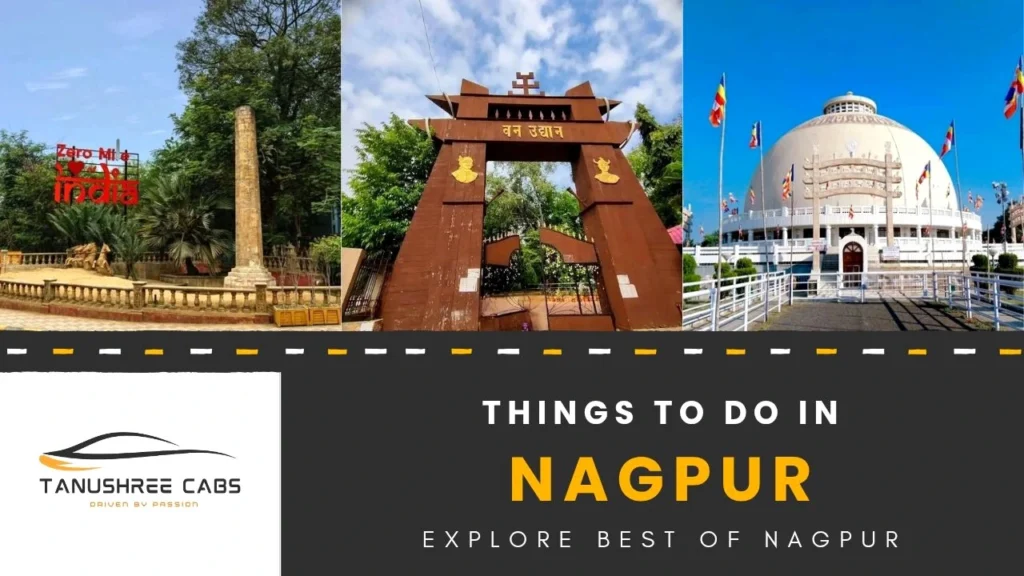Mahakumbh: A Complete Guide to the World’s Largest Spiritual Gathering
Introduction
Mahakumbh is the world’s largest religious gathering, held every 144 years at Prayagraj, India. Rooted in ancient Hindu traditions, it attracts millions of devotees, saints, and tourists who come to take a holy dip in the sacred rivers. This grand spectacle is not just a religious event but a massive cultural and spiritual congregation that showcases India’s rich heritage and deep-rooted faith.
The History of Mahakumbh
Mahakumbh’s origins date back thousands of years and are deeply connected to Hindu mythology. According to legend, it stems from the story of Samudra Manthan (Churning of the Ocean) when gods and demons fought over the sacred nectar of immortality, Amrit. During this battle, a few drops of nectar fell at four locations in India—Prayagraj, Haridwar, Ujjain, and Nashik—where Kumbh Mela is celebrated.
Types of Kumbh Melas
Kumbh Melas occur at different intervals:
- Mahakumbh Mela: Held every 144 years in Prayagraj.
- Purna Kumbh Mela: Organized every 12 years in Prayagraj.
- Ardh Kumbh Mela: Takes place every 6 years, alternating between Prayagraj and Haridwar.
- Magh Kumbh Mela: An annual event in Prayagraj, also known as Mini Kumbh.
Locations of Kumbh Mela
Kumbh Mela rotates among four sacred locations:
- Prayagraj: Confluence of the Ganga, Yamuna, and the mythical Saraswati rivers.
- Haridwar: On the banks of the Ganga River.
- Ujjain: Alongside the Shipra River.
- Nashik: Near the Godavari River.
Each location is chosen based on planetary alignments, making the event astrologically significant.
The Rituals of Mahakumbh
One of the most sacred rituals is the Shahi Snan (Royal Bath), where millions take a dip in the holy river. Hindus believe that this bath washes away sins and leads to salvation. Other rituals include yajnas (fire sacrifices), bhajans (devotional songs), discourses by spiritual leaders, and grand processions of saints.
The Spiritual Significance of Mahakumbh
Mahakumbh is seen as a path to moksha (liberation). It is believed that bathing in the sacred rivers during this time frees a person from the cycle of rebirth. The gathering also serves as a platform for spiritual seekers to receive divine wisdom.
The Role of Akharas and Sadhus
The event is dominated by Akhara saints and Naga Sadhus—ascetic warriors who renounce worldly life. These saints belong to different sects and display incredible endurance by performing extreme yogic feats. The Dashanami Akharas, established by Adi Shankaracharya, are a major highlight.
The Grand Processions and Festivities
One of the most captivating sights is the Shahi Snan Procession, where saints march toward the river in grand style, riding on elephants, horses, and chariots. The festival also includes cultural programs, spiritual debates, and exhibitions on Hindu philosophy.
Planning Your Visit to Mahakumbh
- Best Time to Visit: Align your visit with the main bathing dates for the most spiritual experience.
- Travel Options: Airports at Prayagraj, Varanasi, and Lucknow serve as key entry points.
- Accommodation: Dharamshalas, hotels, and government-provided tent cities cater to pilgrims.
Economic and Cultural Impact
Kumbh Mela boosts local businesses, generates employment, and promotes India’s spiritual tourism. The 2019 Prayagraj Kumbh saw over 200 million visitors, significantly boosting the economy.
Lesser-Known Facts About Mahakumbh
- In 2013, Kumbh Mela was recognized by UNESCO as an “Intangible Cultural Heritage of Humanity.”
- The 2019 Prayagraj Kumbh set a Guinness World Record for the largest crowd management system.
Conclusion
Mahakumbh is more than just a festival—it is a spiritual movement that unites millions in their quest for enlightenment. The event embodies India’s deep-rooted faith, cultural diversity, and devotion, making it a truly extraordinary experience.




